To provide the best experiences, we use technologies like cookies to store and/or access device information. Consenting to these technologies will allow us to process data such as browsing behaviour or unique IDs on this site. Not consenting or withdrawing consent, may adversely affect certain features and functions.
The technical storage or access is strictly necessary for the legitimate purpose of enabling the use of a specific service explicitly requested by the subscriber or user, or for the sole purpose of carrying out the transmission of a communication over an electronic communications network.
The technical storage or access is necessary for the legitimate purpose of storing preferences that are not requested by the subscriber or user.
The technical storage or access that is used exclusively for statistical purposes.
The technical storage or access that is used exclusively for anonymous statistical purposes. Without a subpoena, voluntary compliance on the part of your Internet Service Provider, or additional records from a third party, information stored or retrieved for this purpose alone cannot usually be used to identify you.
The technical storage or access is required to create user profiles to send advertising, or to track the user on a website or across several websites for similar marketing purposes.
PAIR OF GOLD ANGELFISH TROPICAL ANGEL FISH (2 Fish Mix Male And Female)2-4 Cm, Vibrant Additions to Your Aquarium, Easy to Care for Tropical Fish That Enhance Any Freshwater Habitat 1 × £11.00

 PAIR OF GOLD ANGELFISH TROPICAL ANGEL FISH (2 Fish Mix Male And Female)2-4 Cm, Vibrant Additions to Your Aquarium, Easy to Care for Tropical Fish That Enhance Any Freshwater Habitat
PAIR OF GOLD ANGELFISH TROPICAL ANGEL FISH (2 Fish Mix Male And Female)2-4 Cm, Vibrant Additions to Your Aquarium, Easy to Care for Tropical Fish That Enhance Any Freshwater Habitat 

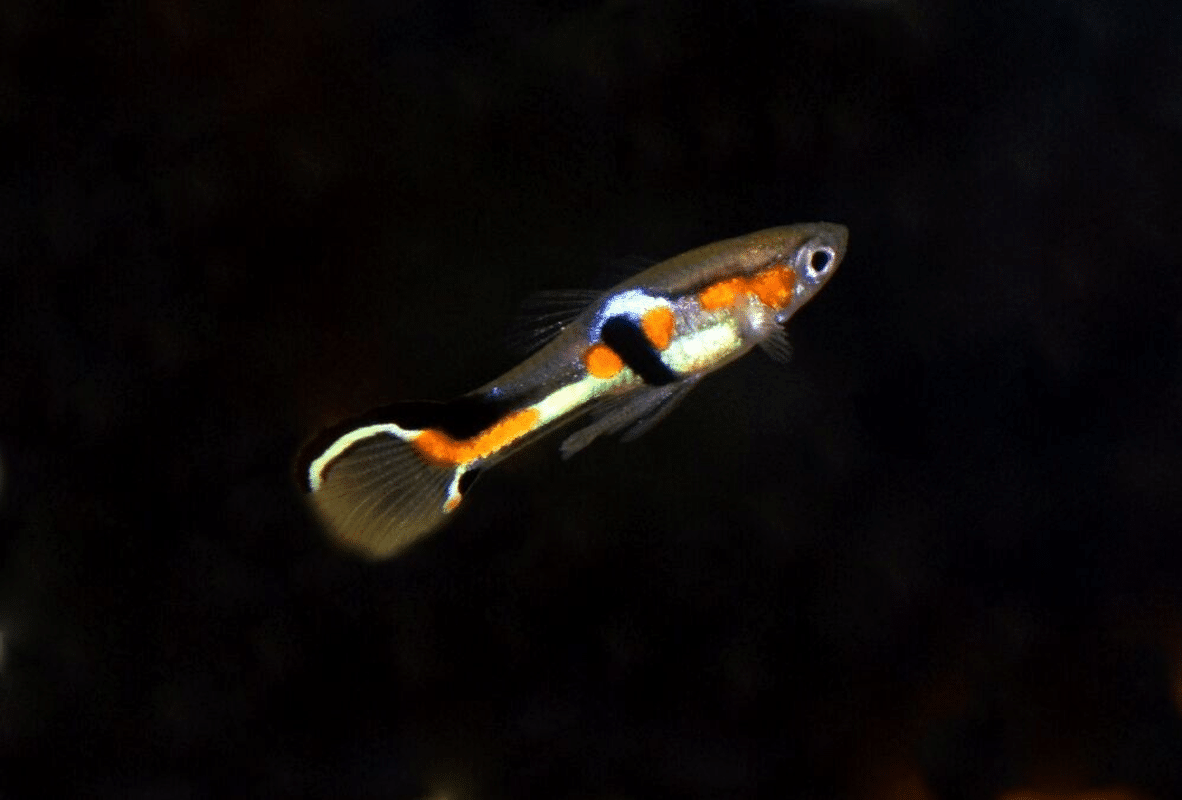
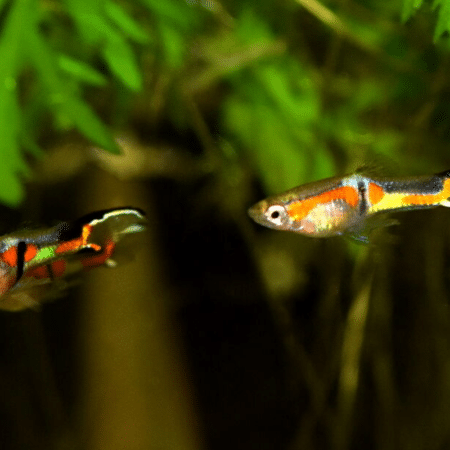
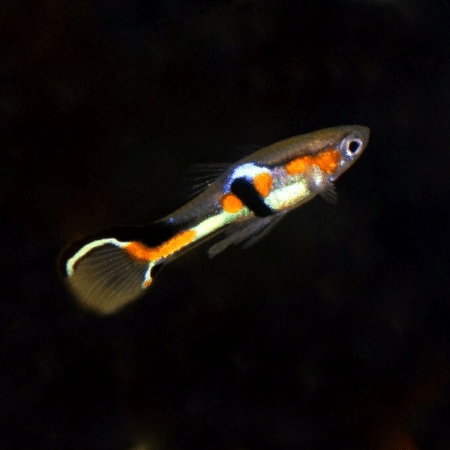
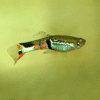
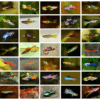








Emily Carter (verified owner) –
I recently purchased a pair of Poecilia Wingei ‘Mint Top Yellow Sword,’ and I couldn’t be happier! After just two weeks in my 20-gallon tank, they have acclimated beautifully and are thriving. Their vibrant colors truly light up the aquascape, and I just love watching them dart around. I feed them a mix of high-quality frozen food, which they absolutely devour, and it’s clear they’re healthy and happy. Compared to other Endler guppies I’ve had in the past, these guys are far more lively and interactive. One small downside is that they initially shied away from the surface, but they’ve become more confident with time. I highly recommend this pair for anyone looking to add a splash of color and charm to their aquarium. Newbies and experienced aquarists alike will appreciate their hardy nature and stunning appearance. Shipping was prompt, and they arrived in excellent condition. Overall, a fantastic addition to any setup!
Emily Roberts (verified owner) –
I recently added a pair of Poecilia Wingei ‘Mint Top Yellow Sword’ Endler guppies to my aquarium, and I couldn’t be happier! These little guys have brought so much joy to my tank. Their vibrant colors and lively behavior truly make them stand out! I’ve had them for about two weeks now, and they’ve already settled in beautifully. Watching them swim around is a daily delight.
One of the best things about these Endler guppies is their hardiness. Compared to other livebearers I’ve kept, these guys adapt well and are less prone to stress. I was a bit concerned about their compatibility with my other fish, but they are peaceful and fit right in.
I highly recommend this pair for anyone looking to add some color and life to their freshwater setup. Just make sure you provide plenty of hiding spots in your tank for them to feel secure. Overall, I’m thrilled with my purchase and will definitely be getting more in the future!